Halal Frozen Whole Chicken Clean Whole Frozen Chicken for Sale /chicken Paw /chicken Feet Fresh Chicken Halal Frozen Chicken
Description
Halal Frozen Whole Chicken Clean Whole Frozen Chicken for Sale /chicken Paw /chicken Feet Fresh Chicken Halal Frozen Chicken
Discover our premium Halal frozen chicken, perfect for restaurants, catering services, and wholesale distributors. Quick-frozen to lock in freshness and flavor, this whole chicken and chicken paw/feet combo delivers unmatched taste, high protein content, and compliant Halal certification. Elevate your menu with top-quality frozen poultry today!
Product Specifications:
| Item | Halal Frozen Whole Chicken |
|---|---|
| Cuts Available | Whole Chicken, Chicken Paw (Feet) |
| Average Weight | 1.0–1.5 kg per piece |
| Packaging | Vacuum-sealed, 10 kg per box |
| Storage Temperature | -18 °C or below |
| Shelf Life | Up to 12 months |
| Origin | Brazil |
Key Features:
- 100% Halal Certified – Meets global halal poultry standards for complete trust.
- Rapid Blast Freezing – Preserves natural juices, texture, and nutrients.
- Versatile Usage – Ideal for soups, stews, dim sum, and everyday cooking.
- Food-Safe Packaging – Individual vacuum bags prevent freezer burn and contamination.
- High Protein – Excellent source of lean protein for health-conscious consumers.
- Bulk Supply – Reliable wholesale chicken supplier with consistent stock.
- Competitive Pricing – Attractive rates for large orders and repeat purchases.
FAQ:
- Q: What is the minimum order quantity?
A: 100 boxes (1 ton) per order. - Q: Can you customize packaging?
A: Yes—private labeling and custom cartons available for bulk orders. - Q: What payment terms are accepted?
A: T/T, L/C at sight, and other secure methods. - Q: Do you ship internationally?
A: Yes—worldwide export with proper cold-chain logistics.
Minimum Order Quantity: 100 boxes (10 kg/box)
Certifications:
- Certified Halal by [Accredited Body]
- HACCP Food Safety Management
- ISO 22000:2018
- FDA Approved Facility
Order Now: Don’t miss out on premium Halal Frozen Whole Chicken Clean Whole Frozen Chicken for Sale /chicken Paw /chicken Feet Fresh Chicken Halal Frozen Chicken. Contact our sales team today for a competitive quote and secure your bulk supply. Click “Inquire Now” to get started!
Additional information
| Model Number | Frozen Chicken paw |
|---|---|
| Storage Type | cool dry place |
| Part | Frozen Chicken paw |
| Origin | Brazil |
| Grade | A |
Shipping Policy
International Company Policies & Distribution — Frozen Meat, Poultry, Beef
Comprehensive company policy guidance covering sourcing, food safety, cold-chain distribution, regulatory compliance, supplier management, and recall procedures for frozen meat and poultry products aimed at international operations and B2B distribution.
1. Executive Policy Statement
Our company is committed to delivering safe, legal, and high-quality frozen meat and poultry products to customers worldwide. We operate under the principles of food safety first, full traceability, regulatory compliance, and continuous improvement. Safety of consumers and integrity of the cold chain are non-negotiable priorities.
2. Scope & Applicability
This policy applies to all business units involved in procurement, processing, storage, transportation, sales, and distribution of frozen meat, poultry and related products across all countries where we operate or export.
- Product types: whole carcasses, primal cuts, portioned cuts, minced meat, value-added frozen products (e.g., coated, marinated), offal.
- Channels: exporters, importers, distributors, wholesalers, cold-storage partners, retail chains, foodservice customers.
- Stakeholders: procurement, QA/QC, operations, logistics, regulatory affairs, sales, suppliers, third-party logistics (3PL).
3. Core Policy Components
3.1 Food Safety Management
All operations shall implement and maintain a documented food safety management system based on hazard analysis and critical control points (HACCP) principles, integrated with prerequisite programs (PRPs) such as GMPs and sanitation standard operating procedures (SSOPs).
- Conduct hazard analyses for biological, chemical and physical hazards.
- Define critical control points (CCPs) and monitoring procedures.
- Maintain documented corrective actions, verification and validation records.
3.2 Certifications & Regulatory Compliance
The company shall maintain and renew relevant certifications and comply with applicable national and international regulations:
- Common certifications: ISO 22000, FSSC 22000, BRCGS, SQF (as applicable by market).
- Regulatory frameworks to follow: USDA/FSIS (USA), EU hygiene & animal by-products regulations (EU), Codex Alimentarius guidelines, country-specific import requirements.
- Maintain registration with relevant authorities, permit documentation, export health certificates and veterinary attestations for each shipment.
3.3 Traceability & Record Keeping
Implement one-step-forward, one-step-back traceability for every SKU and batch. Records must allow identification of source farm, slaughter/processing batch, packaging details, and final shipment.
- Batch/Lot IDs on packaging and internal records.
- Electronic record retention for traceability queries and investigations—minimum retention depending on market (commonly 2–5 years).
3.4 Supplier Approval & Sourcing Policy
Suppliers must be vetted, audited and approved before purchase. Criteria include food safety certification, animal welfare standards, export license, and capability to maintain cold chain.
- Supplier onboarding: documentation review, on-site audit, corrective action plans.
- Annual re-evaluation & performance scoring (quality, delivery, compliance, audit findings).
- Prefer suppliers with third-party certifications and documented traceability to farm/slaughterhouse.
3.5 Animal Welfare & Responsible Sourcing
Procurement shall prioritize humane handling and transport according to recognized guidelines (e.g., OIE standards). Sourcing policies should aim to minimize stress and support ethical practices across the supply chain.
3.6 Allergen & Contamination Controls
Prevent cross-contamination in processing, packing and transport. Labeling must meet allergen disclosure requirements in target markets.
3.7 Labeling & Documentation
Labels and commercial documents must meet importing-country requirements: product name, net weight, lot/batch, country of origin, storage instructions, “keep frozen” temps, best-before/production dates, handling instructions, and any mandatory health attestations.
4. Cold Chain & Distribution Standards
4.1 Temperature-Control Requirements
Adhere to internationally accepted cold-chain temperatures for frozen meat and poultry:
| Product Type | Recommended Storage Temperature | Notes |
|---|---|---|
| Frozen red meat (beef, lamb) | ≤ -18 °C (0 °F) | Maintain continuous frozen state; avoid temperature fluctuations. |
| Frozen poultry | ≤ -18 °C (0 °F) | Ensure core temp below threshold before loading/shipment. |
| IQF portions & value-added | ≤ -18 °C (0 °F) | Prevent clumping—use proper airflow in storage. |
| Blast-frozen product during processing | -30 °C to -40 °C (process-specific) | Faster freezing improves quality; temporary process temps. |
Temperature targets may vary by market regulation and product; always confirm with importer requirements and certification bodies.
4.2 Packaging & Palletization
- Use packaging that protects against freezer burn, moisture loss and physical damage (e.g., vacuum packaging, high-barrier films, insulated boxes).
- Ensure pallets are shrink-wrapped, raised off floor, and designed for optimal airflow in cold rooms and transport units.
4.3 Transportation & Logistics
Distribution partners must be approved 3PLs with temperature monitoring capability, validated refrigerated units, contingency plans, and reliable documentation for chain-of-custody.
- Transport modes: refrigerated containers (reefers), refrigerated trucks (TL/LTL), air (for high-value or time-sensitive loads).
- Require temperature loggers (continuous monitoring) and data transfer with each shipment. Use GPS plus temp telemetry for critical loads.
4.4 Cross-Border Distribution
For international shipping, factor in customs hold times and transshipment risks. Use bonded cold storage and ensure paperwork (health certificates, customs declarations, COO) accompanies shipment to avoid delays that compromise product integrity.
5. Quality Assurance, Testing & Inspection
QA program includes incoming inspection, in-process checks, finished-goods sampling and periodic microbiological, chemical and physical testing according to risk-based schedules.
- Microbiological testing: Salmonella, Listeria spp., Campylobacter (poultry), total viable counts — frequency based on product risk and customer requirements.
- Chemical testing: residues, antibiotics, veterinary drug screens, contaminants as per importing-country limits (MRLs).
- Physical inspection for foreign objects, packaging integrity and temperature records.
6. Recall & Crisis Management
Maintain a documented product withdrawal and recall plan capable of tracing and removing affected lots rapidly. Key elements:
- Recall team and roles (QA, legal, communications, logistics, sales, regulatory affairs).
- Traceability system to identify affected lot(s) and distribution footprint within hours.
- Immediate halt of shipments of implicated lots and notification to customers and authorities as required.
- Root cause analysis, corrective actions, and documented preventive measures.
- Public communications plan (if consumer-facing recall is needed) following local legal requirements.
7. Supplier & Third-Party Management
Third-party partners (processors, cold storage, carriers) must be contracted under quality agreements that define responsibilities, KPIs, audit rights and liability.
- Performance KPIs: on-time delivery, temperature compliance, non-conformance rate, corrective action turnaround time.
- Routine audits: scheduled + unannounced, with records of corrective actions and closure timelines.
- Contract clauses: right to audit, requirement to notify deviations, insurance and indemnity provisions, cybersecurity/data access for telemetry.
8. Regulatory Affairs & Import/Export Controls
Maintain a regulatory affairs team or advisor to:
- Track country-specific import requirements, sanitary/phytosanitary (SPS) measures and temporary restrictions.
- Manage export health certificates, veterinary declarations, residue testing certificates and halal/quality declarations when required.
- Ensure labelling and claims (organic, halal, grass-fed, antibiotic-free) are supported by documentation and certifications.
9. Workforce Training & Food Safety Culture
All employees and contractors engaged with product handling must receive documented training on:
- Hygiene, GMPs, temperature handling, and sanitation procedures.
- Allergen handling, cross-contamination prevention, and critical control monitoring.
- Emergency response, recall procedures and how to escalate non-conformances.
Regular competency assessments and refresher training are mandatory.
10. Sustainability, Ethical & Trade Considerations
Policies should incorporate sustainability commitments that are realistic and auditable:
- Reduce food waste across the cold chain and track waste KPIs.
- Lower carbon footprint via optimized routing, energy-efficient cold storage and bulk shipments.
- Ethical sourcing commitments (animal welfare, fair labor) documented in supplier code of conduct.
11. Audit, Continuous Improvement & KPIs
Management will review the performance annually and after significant events. Key performance indicators include:
- Temperature compliance rate (target ≥ 99%)
- On-time delivery (OTD)
- Customer complaints per million units
- Non-conformance closure time
- Recall response time and containment effectiveness
Example: Monthly KPI Dashboard (summary)
| KPI | Target | Current Month |
|---|---|---|
| Temperature compliance | ≥ 99% | 99.5% |
| On-time deliveries | ≥ 98% | 96.8% |
| Customer complaints | < 10 per million | 7 per million |
12. Sample Standard Operating Procedures (SOP) — Excerpts
12.1 Receiving Frozen Product
- Verify shipping documentation and temperature logger data prior to unloading.
- Inspect pallet and package integrity; take photos of visible damages.
- Measure product core temperature using calibrated thermocouple; reject if above acceptance threshold.
- Record lot number, arrival time and storage location in the ERP/WMS.
12.2 Loading for Export (reefers)
- Pre-cool container to target temperature and confirm with calibrated probe.
- Load as per the loading plan to assure airflow and avoid warm spots.
- Attach temperature logger and seal; record seal number and logger ID on BOL.
13. Risk Assessment & Contingency Planning
Identify risks (power outage, border delays, equipment failure, contamination). Maintain contingency plans:
- Redundant cold storage agreements and emergency generators for critical warehouses.
- Alternate carriers and rerouting plans.
- Defined quarantine procedures for suspect lots.
14. Implementation Checklist for New Markets / Customers
- Confirm importing-country sanitary and labeling requirements.
- Align supplier certifications to buyer demands (e.g., halal, organic, BRC).
- Test shipments and paperwork via pilot shipments.
- Set up local distribution partners and confirm cold storage credentials.
- Train local staff on receiving and retail-level handling if required.
Refund Policy
nan
Cancellation / Return / Exchange Policy
nan
General Inquiries
There are no inquiries yet.








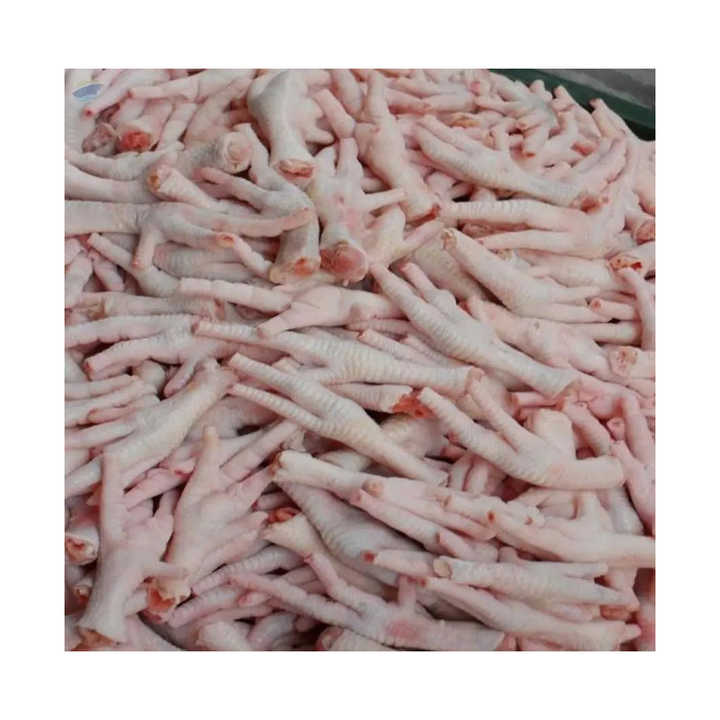
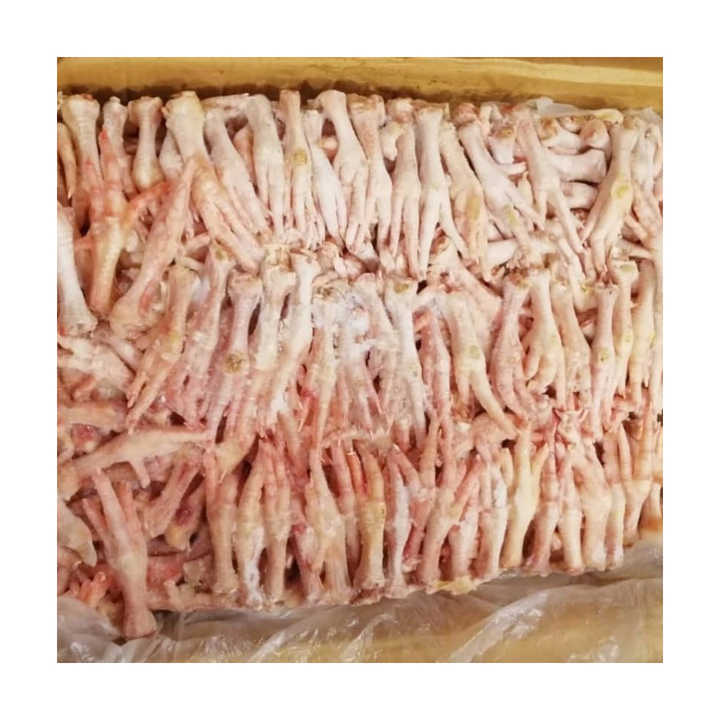
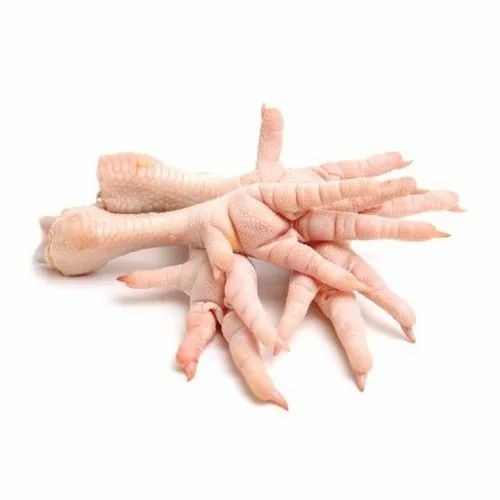
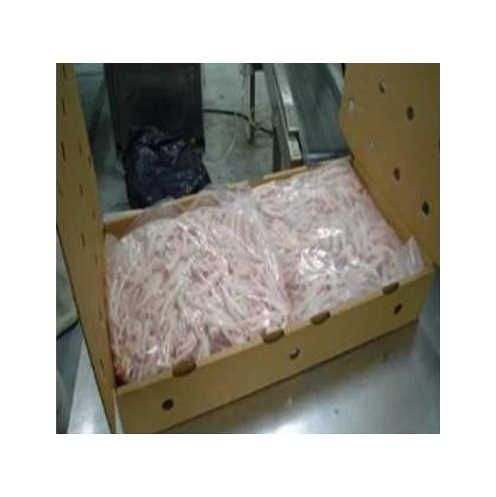
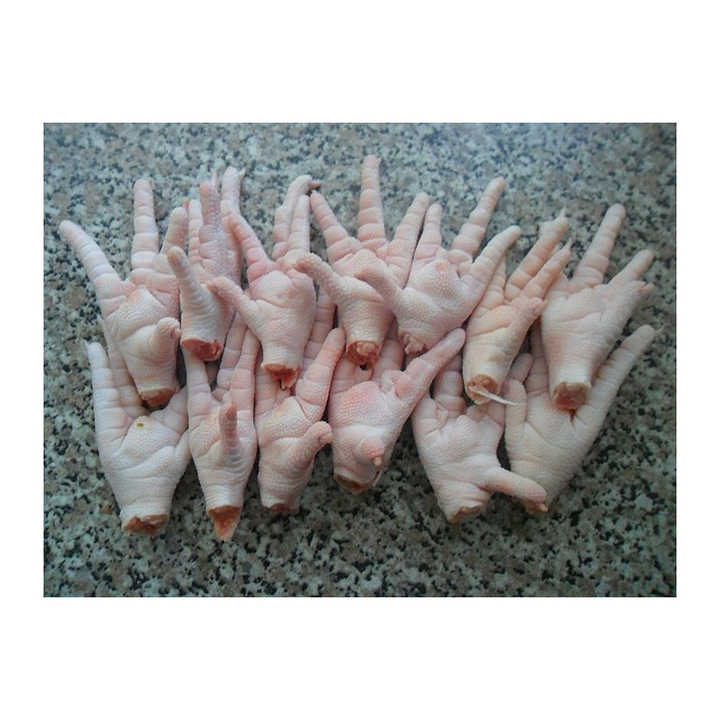
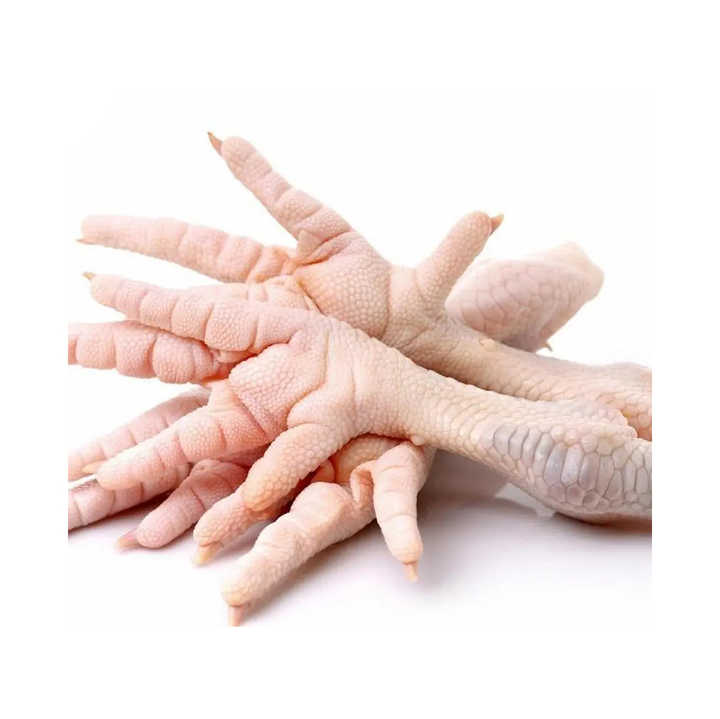
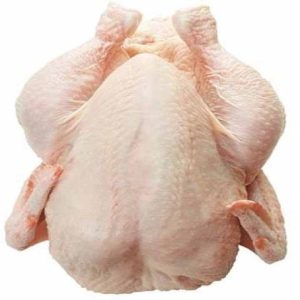
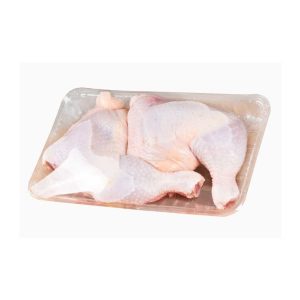
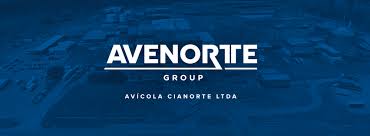

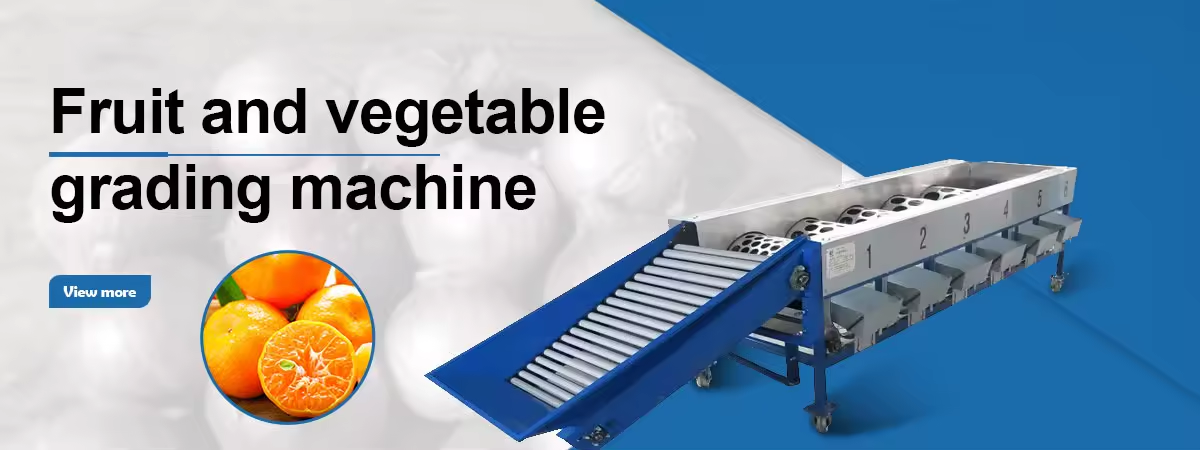
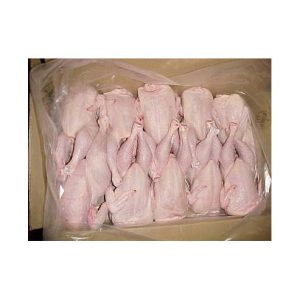


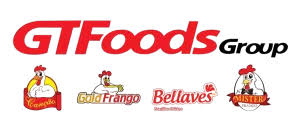
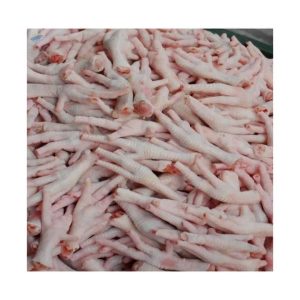
Reviews
There are no reviews yet.